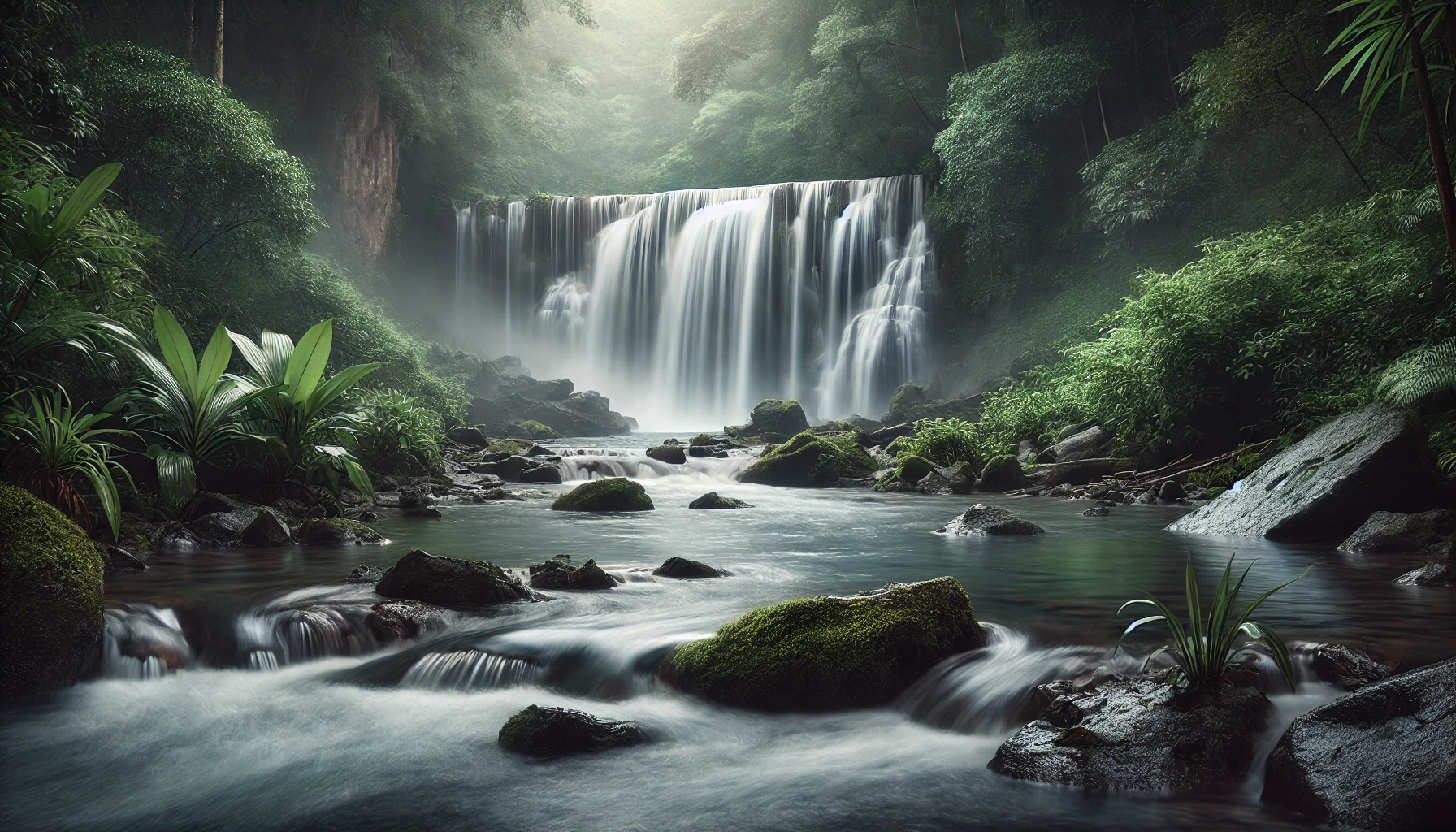Waterfalls are captivating subjects in landscape photography, offering opportunities to capture dynamic motion or peaceful stillness. With the right techniques and tools, you can create stunning waterfall images that showcase their natural beauty.
1. Use a Tripod
Stability is essential when photographing waterfalls, especially with long exposures. A sturdy tripod ensures sharp and steady shots.
Pro Tip: Use a remote shutter release or a timer to prevent vibrations.
2. Experiment with Shutter Speed
Adjust your shutter speed to capture different effects:
- Fast Shutter Speed (1/500): Freezes water motion, capturing every droplet in detail.
- Slow Shutter Speed (1–2 seconds): Creates a silky, smooth water effect for a serene look.
Pro Tip: Use a neutral density (ND) filter to achieve longer exposures during bright daylight.
3. Include Foreground Elements
Enhance depth and interest by including rocks, foliage, or reflections in the foreground. These elements guide the viewer’s eye and add context to the scene.
Pro Tip: Use a wide-angle lens to emphasize the foreground while capturing the full waterfall.
4. Control Lighting
Soft, diffused light works best for waterfalls. Overcast days minimize harsh shadows and highlights, allowing the waterfall to stand out.
Pro Tip: Avoid direct sunlight, which can create glare and overexposure.
5. Adjust Camera Settings
- ISO: Keep it low (e.g., ISO 100) for the best image quality.
- Aperture: Use f/8–f/16 for a sharp depth of field.
- Focus: Manually focus on a key part of the waterfall or a prominent foreground element.
Pro Tip: Check your histogram to ensure proper exposure.
6. Use Polarizing Filters
A polarizing filter reduces reflections on water and enhances colors in the foliage, making the scene more vibrant.
Pro Tip: Rotate the filter slowly to find the optimal effect.
7. Experiment with Angles
Change your perspective to create unique compositions. Shoot from below for a dramatic effect or from above for a wider view of the scene.
Pro Tip: Avoid centering the waterfall; use the Rule of Thirds for balance.
Checklist for Waterfall Photography
- Is your tripod stable and positioned for the best angle?
- Have you adjusted your shutter speed for the desired water effect?
- Did you include elements to enhance depth and composition?
Waterfall photography combines technical skill and creativity. By experimenting with settings and perspectives, you can create images that capture the beauty, power, and serenity of these natural wonders.
